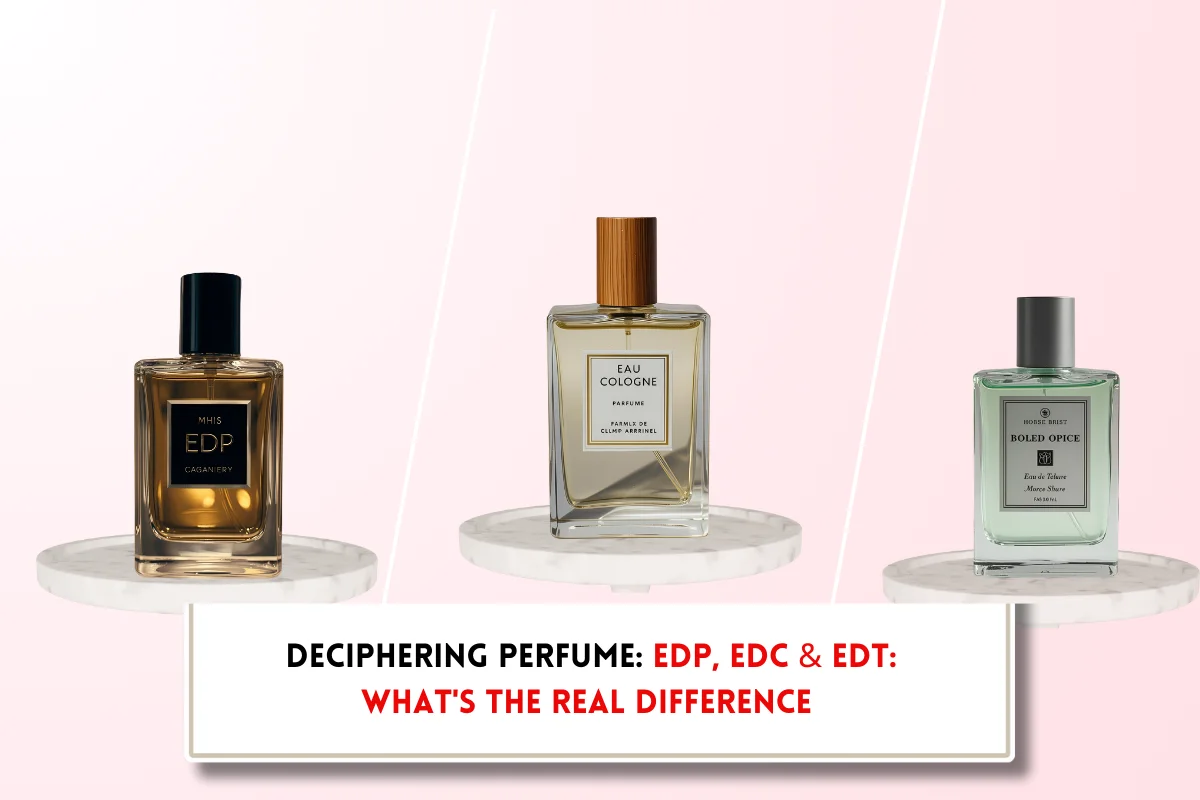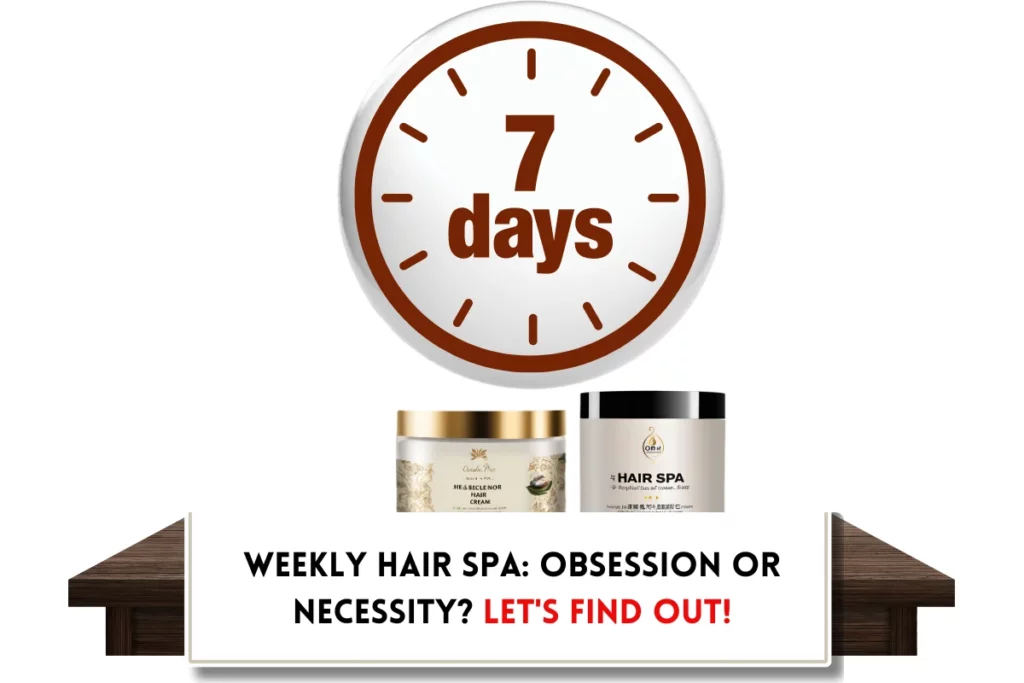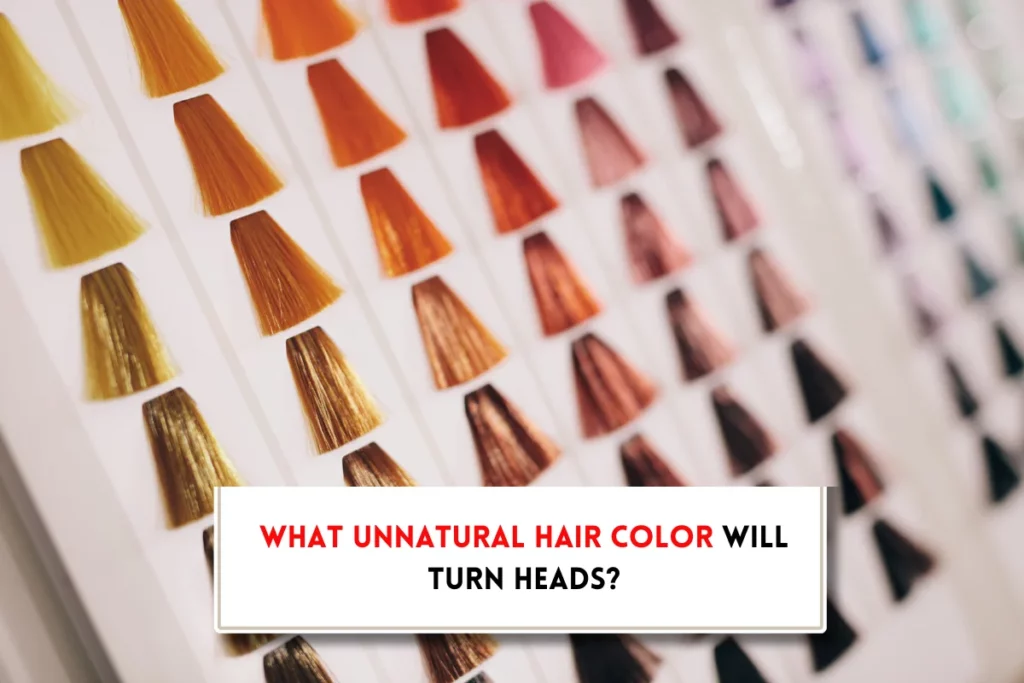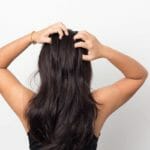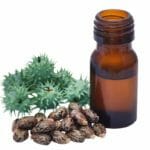Are wet brushes good for your hair?
At BeautyCaters, our expert team independently curates every recommended product. Purchases through our links may earn us a commission. Explore our transparent selection process.
Wet brushes have taken the beauty world by storm, claiming to detangle effortlessly and without causing breakage and pain. But do they live up to the hype? Are wet brushes good for your hair? We’ll take you deep into the world of wet brushes, exploring their benefits, drawbacks, and whether they are the best choice for your hair.
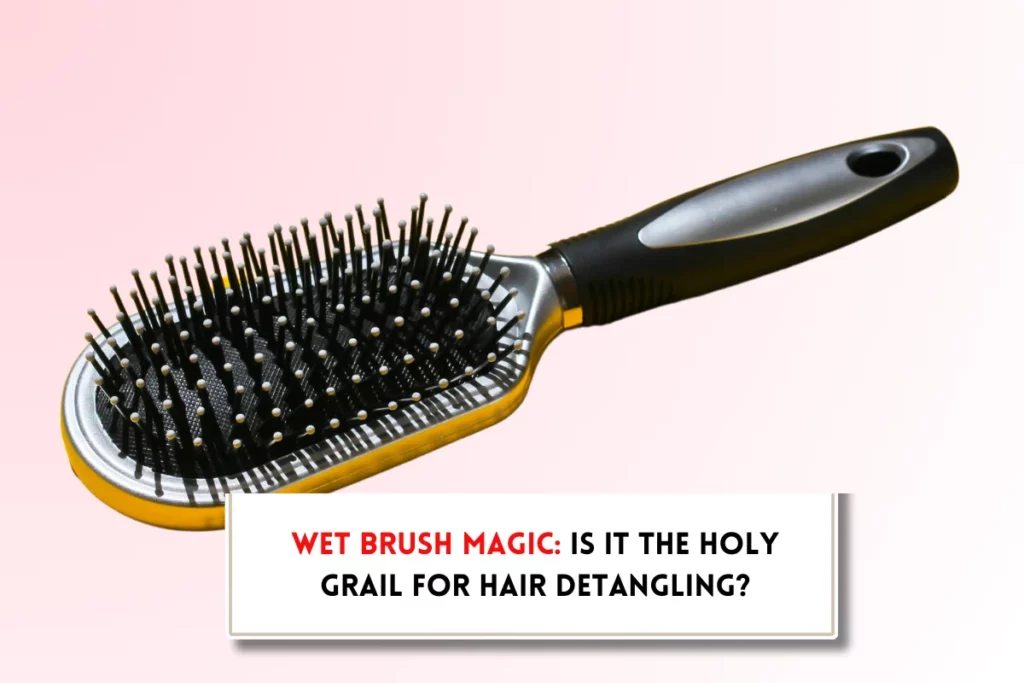
What is wet brushes?
Wet brushes are a specialized type of hairbrush designed to detangle and style wet hair with minimal damage. They feature flexible bristles and ergonomic handles, providing a gentle and effective brushing experience. Unlike traditional brushes, wet brushes are designed to glide through wet hair without pulling or snagging, reducing the risk of breakage and split ends.
While wet brushes may appear similar to other brushes, their superior construction sets them apart. The soft, flexible bristles are specifically designed to gently detangle wet hair without causing excessive pulling or tugging. This helps to minimize hair breakage and promote healthier, stronger hair. Additionally, the bristles are spaced further apart than traditional brushes, which reduce the amount of hair that caught in the bristles, making detangling easier and more efficient.
What are the key features of wet brushes?
The four prime features that an ideal wet brush must have are:
- Flexible bristles: The flexible bristles of wet brushes are gentle on the hair and scalp, minimizing discomfort and preventing damage.
- Ergonomic design: The ergonomic handles of wet brushes provide a comfortable grip, making them easy to use, and maneuver.
- Detangling effectiveness: Wet brushes are specifically designed to detangle wet hair without causing excessive breakage or pulling.
- Gentle on the scalp: The soft bristles of wet brushes are gentle on the scalp, reducing irritation and promoting healthy hair growth.
Also Read: How to brush your hair for waves in 5 steps
What are the types of wet brushes?
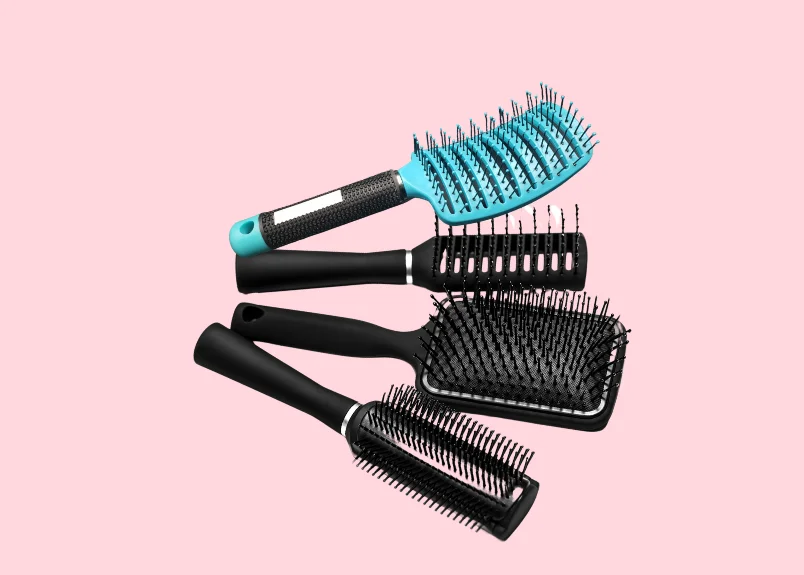
Wet brushes come in various types, each designed to cater to specific hair textures and styling needs. The most common types include:
- Detangling brushes: These brushes feature flexible bristles that gently detangle wet hair without causing breakage. They are ideal for those with thick, curly, or tangled hair.
- Paddle brushes: Paddle brushes are flat-shaped brushes with wide bristles, perfect for smoothing and straightening wet hair. They are especially useful for longer hair lengths.
- Vent brushes: Vent brushes have holes or vents in the bristles, allowing for better airflow and quicker drying. They are suitable for medium to thick hair types.
- Round brushes: Round brushes are designed to add volume and shape to wet hair. They are particularly useful for those with curly or wavy hair, as they can help to create defined curls or waves.
Understanding the specific features of each type will help you choose the best wet brush for your hair type.
Are wet brushes good for your hair?
Wet brushes have become a popular hair care tool due to their ability to detangle wet hair with minimal damage. If you’re using the right type of wet brush for your hair, you can enjoy several benefits:
- Gentle detangling: Wet brushes are designed to glide through wet hair without causing breakage or split ends. This is crucial because wet hair is more vulnerable to damage. The flexible bristles of wet brushes are gentle on the hair and scalp, minimizing discomfort and preventing damage.
- Faster detangling: Wet brushes are specifically designed to detangle wet hair efficiently. Their flexible bristles can easily work through knots and tangles, reducing detangling time and preventing unnecessary pulling and tugging on your hair. This is especially beneficial for those with thick, curly, or tangled hair, as traditional brushes can often cause pain and discomfort.
- Even product distribution: A wet brush evenly distributes hair products like conditioners or hair masks through your wet hair, ensuring that every strand is nourished. This is especially beneficial for those with dry or damaged hair, as it helps to hydrate and repair the hair cuticles.
- Promotes healthy hair growth: Brushing your hair with wet brushes stimulates the scalp and promotes blood flow, which improve hair growth and prevent hair loss. Additionally, the gentle nature of wet brushes helps to reduce scalp irritation and promote healthy hair follicles.
- Distributes natural oils: Wet brushes evenly distribute your hair’s natural oils from the scalp to the ends, keeping your hair hydrated and prevent dryness. This is especially important for those with naturally dry hair or those who use harsh hair products.
- Reduces frizz: Wet brushes smoothens down the hair cuticles that reduces frizz and give your hair a smoother, more polished appearance. This is particularly beneficial for those with curly or wavy hair, as it helps to control frizz and enhance definition.
- Makes styling easier: Detangled and smooth hair is much easier to style. Whether you’re blow-drying, straightening, or curling your hair, a wet brush can help you achieve the desired look with less effort. This is especially helpful for those with thick or tangled hair, as it can save time and reduce styling frustration.
5 tips for using a wet brush
To get the most out of your wet brush, follow these tips:
- Pre-detangle: Before using the brush, gently detangle your hair with your fingers to prevent the brush from tugging at any knots.
- Gentle brushing: Use a gentle, sweeping motion when brushing your hair. Avoid pressing down too hard, as this can cause damage.
- Brush from the ends: Start brushing your hair from the ends and gradually work your way up to the roots. This helps to prevent breakage and distributes the natural oils evenly.
- Curly hair care: If you have curly hair, consider using a wide-tooth comb instead of a brush. This can help to maintain your curls and prevent damage.
- Brush hygiene: Regularly wash your wet brush to remove dirt, hair products, and bacteria. This will help to keep your brush clean and prevent the transfer of germs to your hair.
When you should not to use a wet brush?

While wet brushes are generally beneficial for hair health, there are certain situations where they may not be the best option:
- Severely tangled hair: If your hair is extremely tangled or knotted, using a wet brush can cause breakage and damage. It’s better to start with a wide-tooth comb or detangling brush when your hair is wet to gently work through the knots before using a wet brush.
- Sensitive scalp or hair loss: If you have a sensitive scalp or are experiencing hair loss, it’s advisable to avoid using a wet brush. The pulling and tugging motion of a wet brush can irritate the scalp and exacerbate hair loss.
- Damaged hair: If your hair is already damaged or brittle, using a wet brush can further contribute to breakage. Opt for gentler detangling methods or consult with a hairstylist for specific recommendations.
Final Word: Are wet brushes good for your hair?
So, are wet brushes worth the hype? The answer is a resounding yes! These innovative brushes offer a gentle way to detangle your hair, reduce breakage, and promote healthy growth. While they may not be a miracle cure for all hair woes, they’re definitely a valuable addition to your hair care routine. Give it a try and see the difference for yourself! But let’s get real: nobody likes to get yanked! It’s bad for the hair, annoying…and well, painful. So join your friends and colleagues who all have one by now, please…for the sake of your hair!


